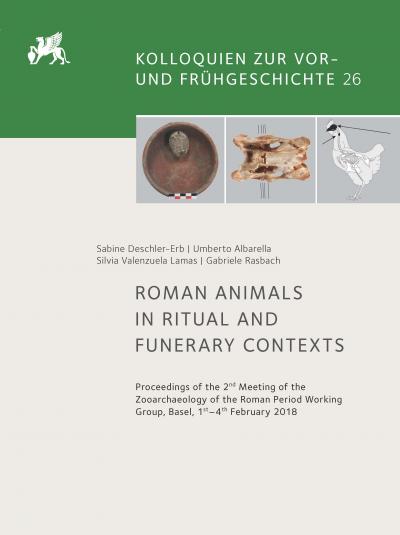In the belly of the earth: bones and the closing of sacred space in central Italy
https://doi.org/10.34780/o097c6uckf
List of Contributors
- Angela Trentacoste [Chapter Author] https://orcid.org/0000-0001-7096-5252
Synopsis
Romans and Etruscan shared many cultural practices, including religious traditions. One such practice was the use of bone-rich deposits to deliberately close significant subterranean spaces and structures. The faunal material in these fills can often be separated from common domestic debris on the basis of associated materials and by patterns in the treatment of animals and choice of species. This paper presents new data on two urban deposits from pre-Roman central Italy: bone-rich fills from a semi-subterranean shrine in Cerveteri and a large rockcut quarry in Orvieto. Both of these structures produced assemblages dominated by livestock remains with a smaller quantity of wild specimens. Comparison of the faunal material from these deposits revealed commonalities in the treatment of animals, which may suggest a set of shared practices related to the chthonic nature of both contexts. Considered in relation to other subterranean contexts with deliberate bone fills, this study sheds new light on the origins of Roman ritual practices conducted in an urban setting. However, analysis of these deposits also raises methodological questions surrounding the recognition of ancient feasting and the ritual treatment of animals, as well as the origins of material encountered in ‘ritually closed’ spaces. These findings challenge us to be specific in how we articulate the logistics of closing a sacred space and the role of animals – and animal remains – in the proces.




